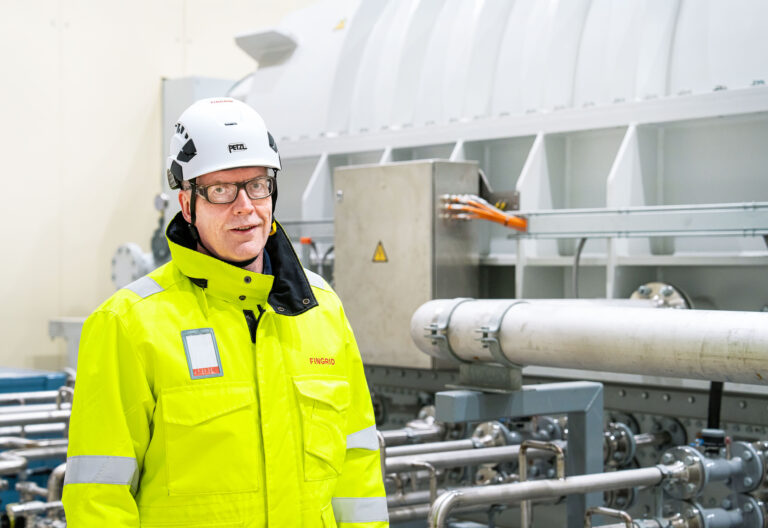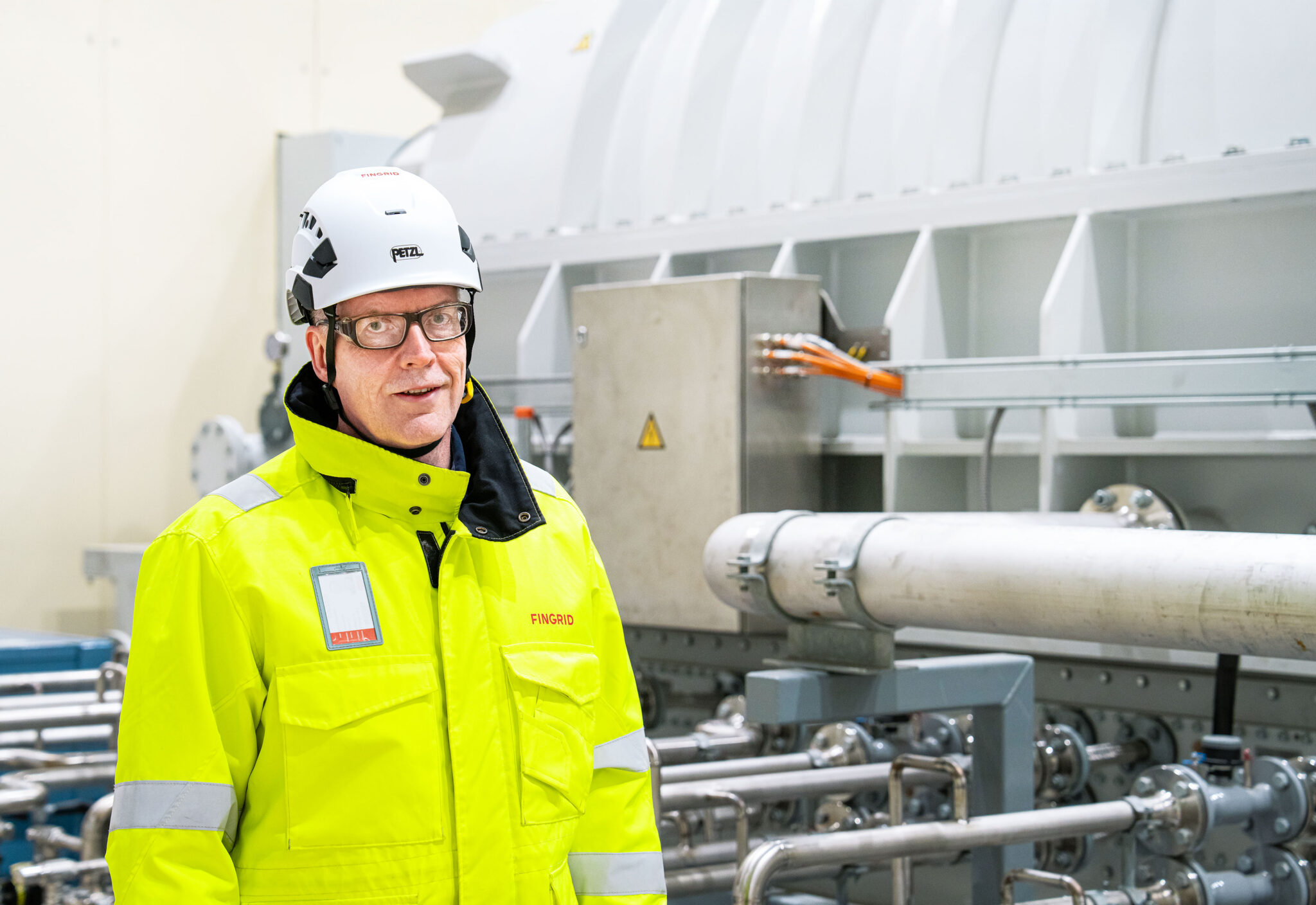In early 2020 – before the pandemic, Russia’s war of aggression and other crises – my colleague Jussi Jyrinsalo asked whether we could double our investments in the main grid if necessary. At that time, our investments totalled about EUR 100 million per year.
No one could have predicted that investments would increase fivefold by 2025, and Fingrid would have well over a hundred projects in its production portfolio with a combined value of approximately EUR 1.7 billion.
In 2019, growth in wind power on the west coast in particular led to an increase in customer demand. We discussed pre-emptive connection investments, particularly 400/110-kilovolt substations, and made several decisions to invest in the Coastal Line, such as 400 kilovolt substations in Jylkkä, Kärppiö and Arkkukallio.
Our ‘connections first’ strategy worked well, and we now have about 5,000 megawatts of wind power on the west coast and almost 9 gigawatts in Finland as a whole.
Yet at the same time, both the energy transition and the cessation of Russian imports led to an increase in transmission from the north and west to southern Finland, which in turn caused temporary restrictions on connectivity.
New investments, such as the Lowlands Line, Åback–Nokia, Huittinen–Forssa, Jylkkä synchronic compensator and numerous other projects, will enable new connections for customers and help manage transmission.
However, while we are waiting for the completion of these grid reinforcements, connection restrictions have also been necessary in southern Finland and a queuing procedure for connections has been introduced.
Fingrid has other ongoing projects in addition to the aforementioned, such as Toivila–Hikiä, a 400-kilovolt cable in Helsinki, a third transformer in Tammisto and additional voltage support. These projects are worth a total of around one billion euros, and their completion will resolve grid bottlenecks in southern Finland.
Could we accelerate grid construction? Yes, we could.
Road and rail infrastructure is suffering from a maintenance backlog, which is causing cost and scheduling issues for the delivery of main transformers.
Words are all well and good, but it is now much more difficult to obtain permits for grid construction.
The average time required to obtain an expropriation permit is currently between one-and-a-half and two years, when it used to be only six months. Road and rail infrastructure is suffering from a maintenance backlog of billions of euros, which is causing cost and scheduling issues for the delivery of main transformers. Yes, we could easily shave a year off this and cut costs.
The highest demand at the moment is for datacentres, battery storage facilities and the electrification of urban heating systems. We will do our best to ensure sufficient capacity for consumption and production in spite of the mismatches in project schedules.
It’s encouraging to note that the Aurora Line is now finished, as it will increase transmission capacity between Sweden and Finland by around 30 per cent.
Timo Kiiveri
Executive Vice President
Fingrid







